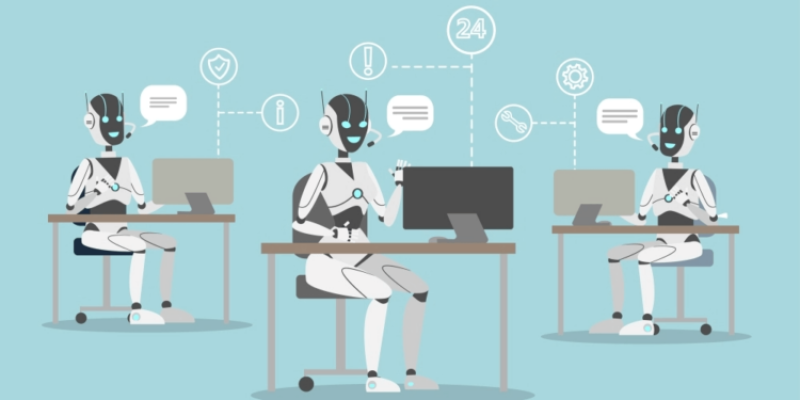The displays of AI-generated language are impressive, but they rely on a very narrow definition of what language is. First of all, for a computer to recognize something as language, it needs to be written down. Computers capable of chatting with a human being, or writing what could be deemed Beat poetry, are programmed with software applications called neural networks that are designed to find patterns in large sets of data. Over time, neural networks learn how to replicate the patterns they find.
But this excludes all unwritten forms of communication: sign language, oral histories, body language, tone of voice, and the broader cultural context in which people find themselves speaking. In other words, it leaves out much of the interesting stuff that makes nuanced communication between people possible.
…
Even so, computer scientists and computational linguists have made impressive gains in what large language models can do. In limited spheres, such as text-based conversation, machine-generated prose can be almost indistinguishable from that of a human. Yet, from purely oral languages to the nonwritten cues present in everyday conversation, language as it is spoken is vastly more complex and fascinating than what can be read on a page or a screen.
And that’s what makes the world of language truly, and inimitably, human.































